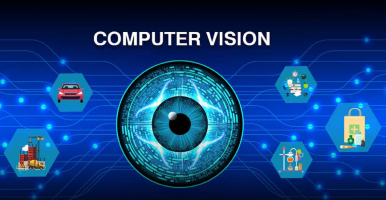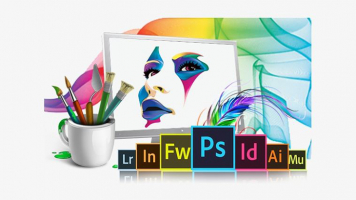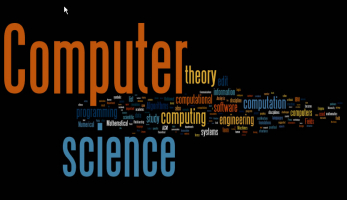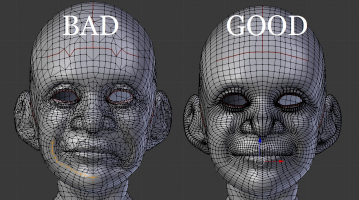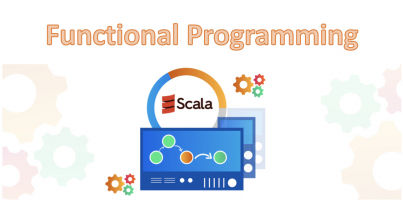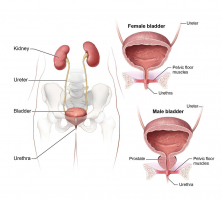Top 10 Best Books On Computer Architecture
The set of rules and mechanisms that all work together to produce a computer system is referred to as computer architecture. Because of the amount of ... read more...information and intricacy involved, understanding this might be difficult. To assist you with the process, we have compiled a list of the best books on computer architecture for you to choose from.
-
Since 1970, Robert C. Martin has worked as a programmer. He founded Uncle Bob Consulting, LLC, and The Clean Coders LLC with his son Micah Martin. Martin has scores of articles published in a variety of professional magazines and is a frequent speaker at international conferences and trade events. Designing Object Oriented C++ Applications Using the Booch Method, Patterns Languages of Program Design 3, More C++ Gems, Extreme Programming in Practice, Agile Software Development: Principles, Patterns, and Practices, UML for Java Programmers, Clean Code, and The Clean Coder are among the books he has written or edited.
You may greatly boost developer productivity throughout the life of any software system by adopting universal laws of software architecture. Now, famed software craftsman Robert C. Martin ("Uncle Bob") discloses those guidelines and shows you how to apply them, building on the success of his best-selling books Clean Code and The Clean Coder.
Martin's Clean Architecture does more than just give possibilities. Martin teaches you what decisions to make and why they are crucial to your success, based on nearly a half-century of experience in software settings of all kinds. As you'd expect from Uncle Bob, this book is jam-packed with straightforward, no-nonsense solutions to the real problems you'll face, the ones that will make or break your projects.
- Learn what software architects must accomplish, as well as the basic concepts and methods required to do so.
- Understand fundamental software design principles such as function, component separation, and data management.
- Consider how programming paradigms enforce discipline by limiting what developers can do.
- Recognize what is crucial and what is only a "detail."
- Implement high-level structures that are suitable for web, database, thick-client, console, and embedded applications.
- Establish proper boundaries and tiers, as well as organize components and services.
- Learn why designs and architectures fail and how to avoid (or correct) them.
Clean Architecture is required reading for any existing or aspiring software architect, systems analyst, system designer, or software manager, as well as any programmer who must execute the designs of others. It is regarded as one of the best books on computer architecture.
Author: Robert Martin
Link to buy: https://www.amazon.com/Clean-Architecture-Craftsmans-Software-Structure/dp/0134494164/
Ratings: 4.7 out of 5 stars (from 1969 reviews)
Best Sellers Rank: #18,371 in Books
#1 in Computer Quality Control
#2 in Computer Hardware Design & Architecture
#8 in Software Design & Engineering
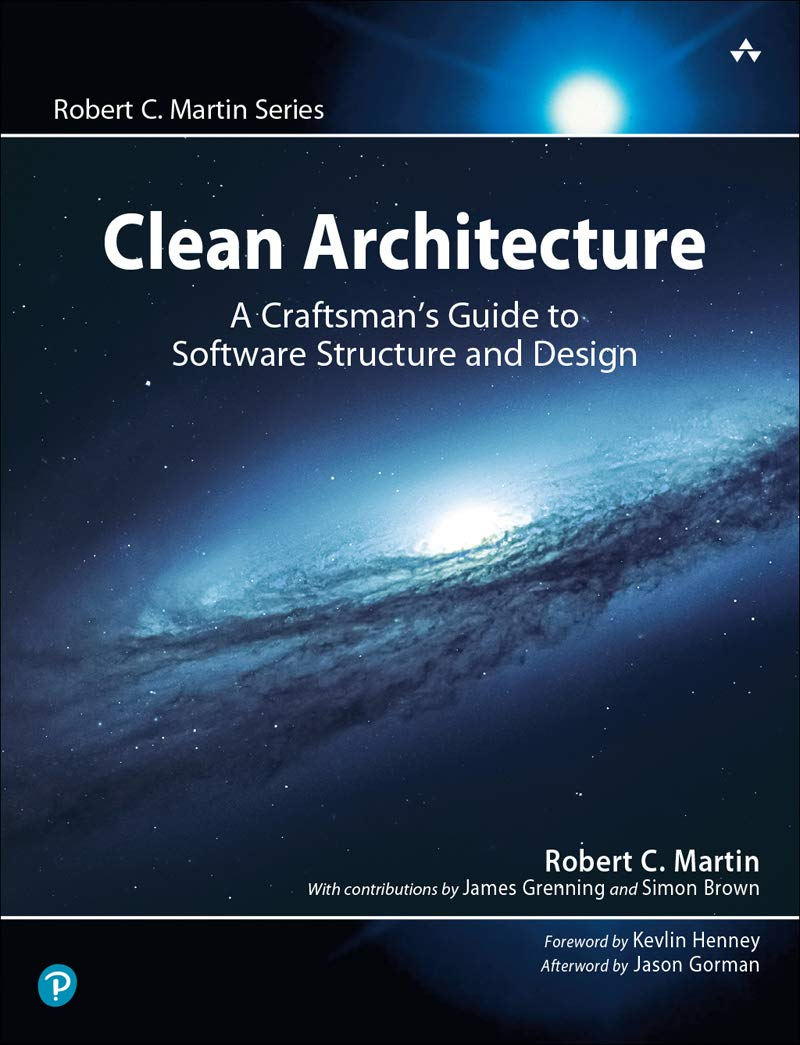
https://www.amazon.com/ 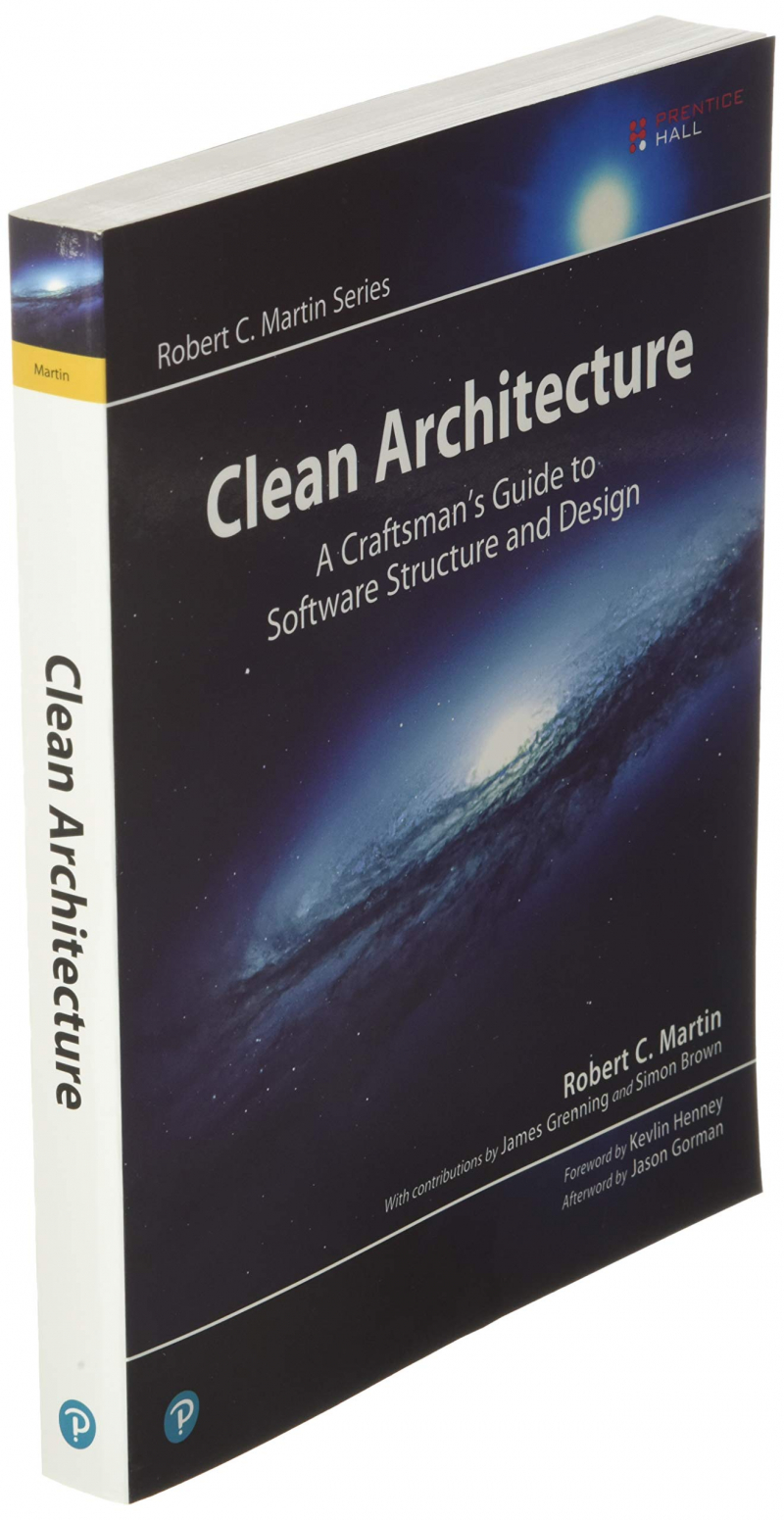
binge.sa -
Saurabh Shrivastava has over 18 years of experience in the IT business and is a technological leader, author, inventor, and public speaker. He presently works as a Global Solutions Architect Leader at Amazon Web Services (AWS), assisting global consulting partners and enterprise customers on their migration to the cloud.
Neelanjali Srivastav has over 16 years of experience in the software business as a technical leader, product manager, agile coach, and cloud practitioner. She is currently a Senior Product Manager at Amazon Web Services (AWS), where she assists worldwide customers on their data journey to the cloud.
Becoming a solutions architect necessitates a hands-on approach, which this edition of the Solutions Architect's Handbook provides. This manual will show you how to build durable, scalable, and fault-tolerant cloud solutions as well as next-generation architecture concepts. It will also assist you in developing and implementing effective product strategies for your company.
Additional chapters on disruptive technologies such as the Internet of Things (IoT), quantum computing, data engineering, and machine learning are included in this updated edition. It also contains new information on cloud-native architecture, blockchain data storage, and mainframe modernization with public cloud.
The Solutions Architect's Handbook explains solution architecture and how it works in an agile enterprise setting. It will guide you through the solution architecture design journey by giving in-depth understanding of design pillars, advanced design patterns, anti-patterns, and cloud-native features of modern software design.
You will have learnt the skills required to construct efficient architecture designs that meet your business objectives by the end of this manual.
What you will discover:
- Investigate the numerous duties of a solutions architect in the enterprise environment.
- Use important design principles and patterns to create high-performance, low-cost solutions.
- Select the best ways for securing and increasing the availability of your architectures.
- Modernize legacy apps with cloud integration.
- Learn how big data, machine learning, and IoT fit into current architecture.
- Incorporate a DevOps approach to encourage collaboration, improve operational efficiency, and streamline production.
Solutions Architect's Handbook is intended for software developers, system engineers, DevOps engineers, architects, and team leaders who are already working in the IT business and want to advance their careers as solutions architects. Existing alternatives Architects who wish to broaden their skill set or gain a deeper understanding of emerging technologies will learn vital new abilities as well.
You'll need a solid understanding of the real-world software development process as well as general programming skills in any language to get started.
Author: Saurabh Shrivastava and Neelanjali Srivastav
Link to buy: https://www.amazon.com/Solutions-Architects-Handbook-Kick-start-architecture/dp/1801816611/
Ratings: 4.7 out of 5 stars (from 113 reviews)
Best Sellers Rank: #35,721 in Books
#7 in Computer Hardware Design & Architecture
#12 in Computer Systems Analysis & Design (Books)
#17 in Cloud Computing (Books)
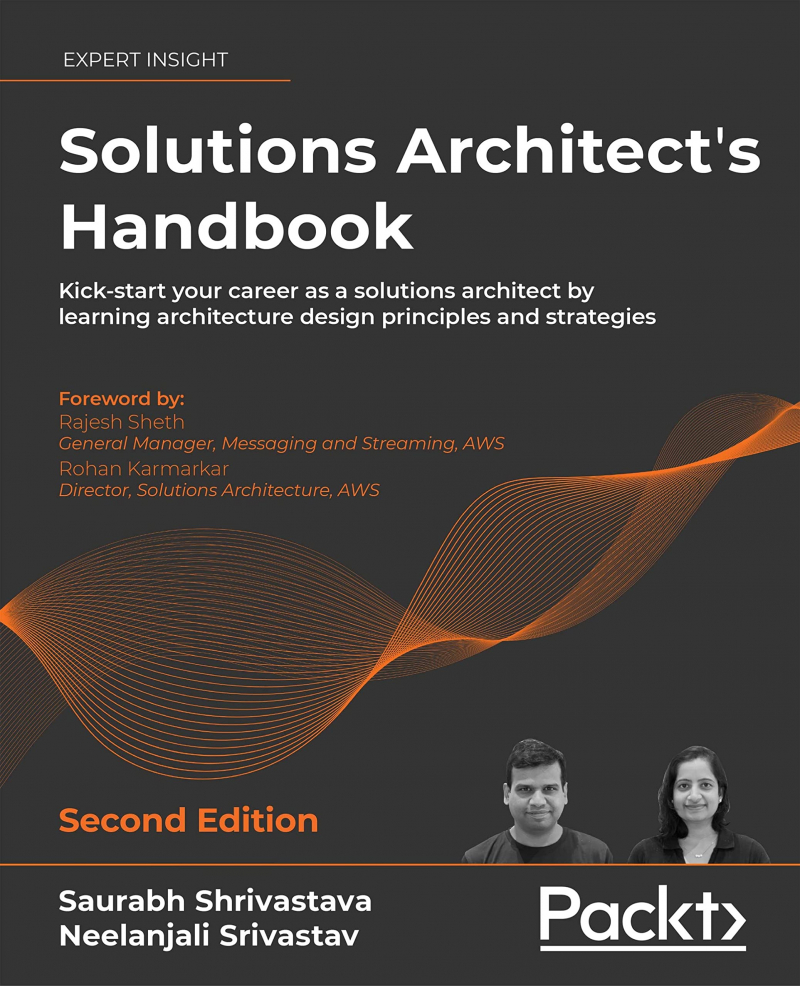
https://www.amazon.com/ 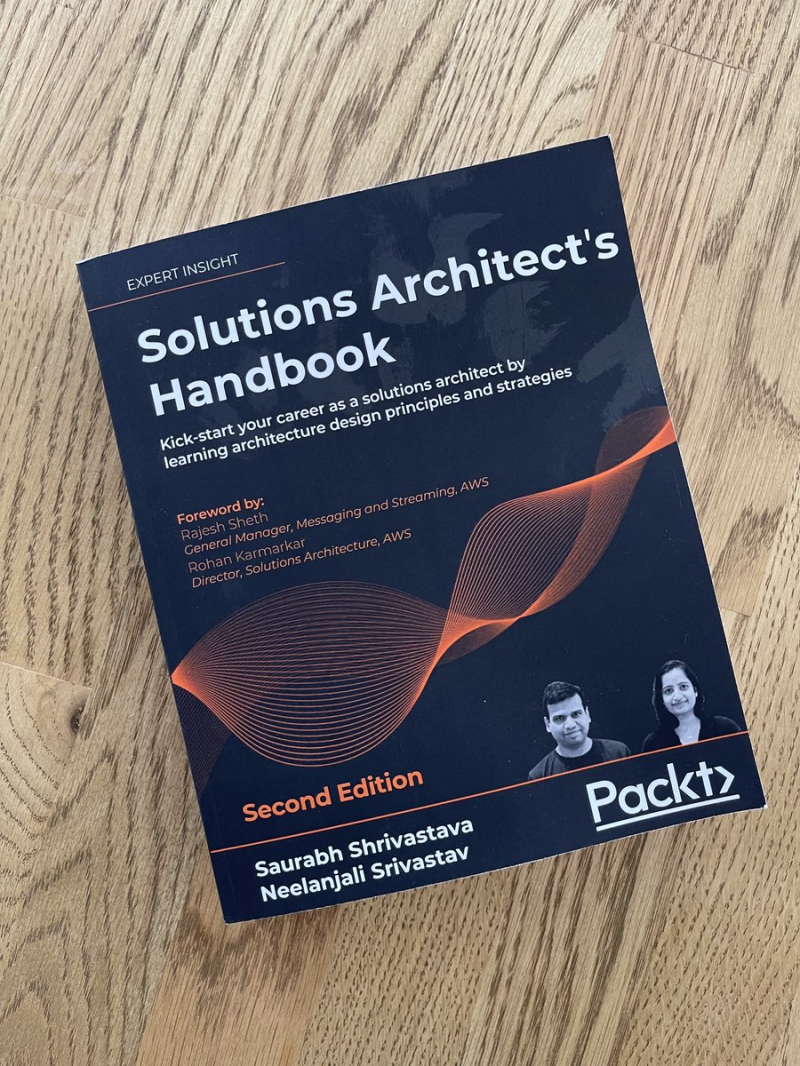
twitter.com -
Yevgeniy (Jim) Brikman enjoys programming, writing, public speaking, traveling, and heavy lifting. He is the co-founder of Gruntwork, which assists startups in getting up and operating on AWS using DevOps best practices and world-class infrastructure. In addition, he is the author of "Hello, Startup: A Programmer's Guide to Building Products, Technologies, and Teams."
Terraform has emerged as a crucial DevOps player for defining, launching, and maintaining infrastructure as code (IaC) across a wide range of cloud and virtualization platforms, including AWS, Google Cloud, Azure, and others. This hands-on third edition- Terraform, enlarged and extensively updated for version 1.0 and beyond, demonstrates the quickest method to get Terraform up and operating.
Yevgeniy (Jim) Brikman, cofounder of Gruntwork, leads you through code samples demonstrating Terraform's straightforward, declarative programming language for deploying and maintaining infrastructure with a few commands. Veteran sysadmins, DevOps engineers, and new developers will quickly go from Terraform fundamentals to running a comprehensive stack capable of supporting big traffic and a large team of developers.
- Terraform is compared to Chef, Puppet, Ansible, CloudFormation, Docker, and Packer.
- Configure servers, load balancers, and databases.
- Terraform modules can be used to create reusable infrastructure.
- Static analysis, unit tests, and integration tests should be used to test your Terraform modules.
- Set up CI/CD pipelines for both your applications and infrastructure code.
- For loops, conditionals, and zero-downtime deployment, use advanced Terraform syntax.
Author: Yevgeniy Brikman
Link to buy: https://www.amazon.com/Terraform-Running-Writing-Infrastructure-Code/dp/1492046906/
Ratings: 4.6 out of 5 stars (from 410 reviews)
Best Sellers Rank: #45,313 in Books
#11 in Computer Hardware Design & Architecture
#17 in Computer Systems Analysis & Design (Books)
#22 in Computer Network Administration
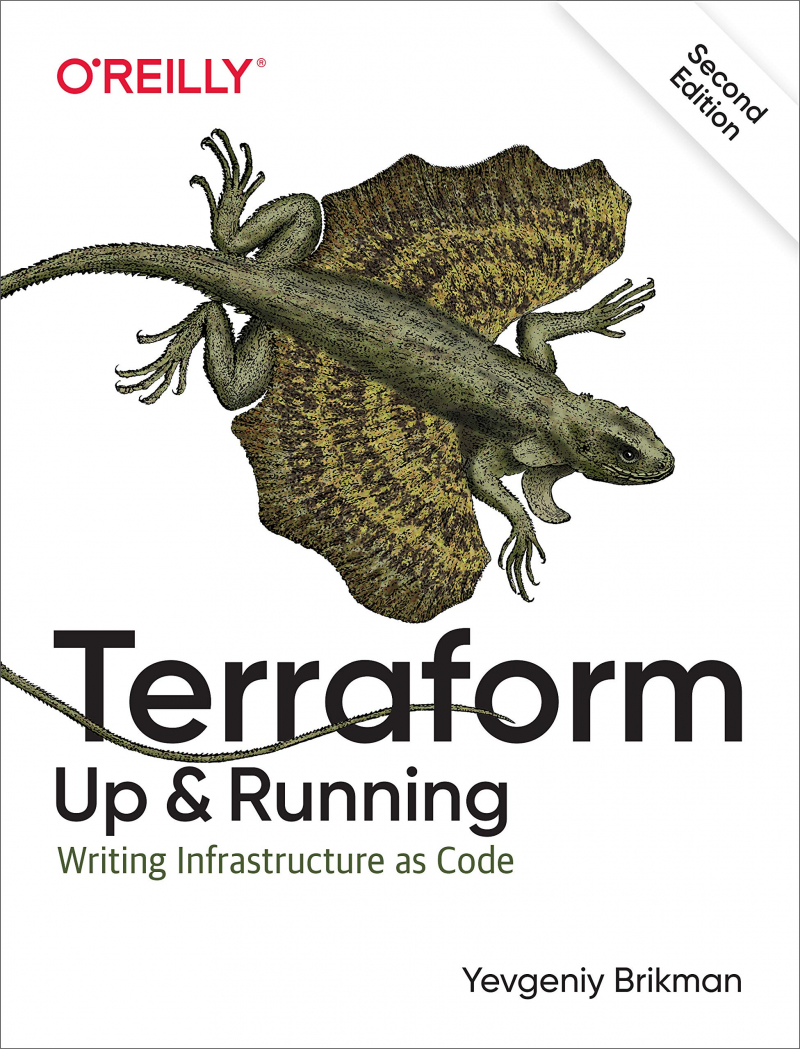
https://www.amazon.com/ 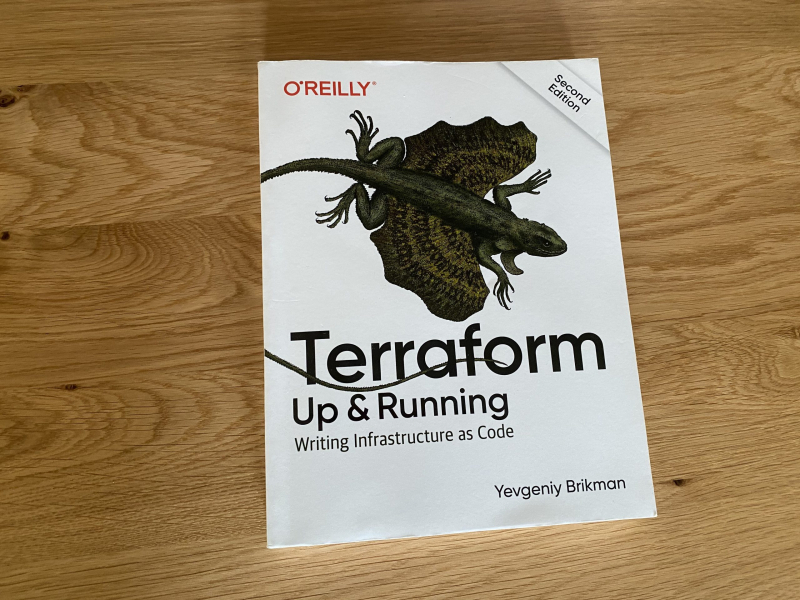
openupthecloud.com -
Brendan Burns is a Microsoft Azure Partner Architect who works on Azure Container Service and Azure Resource Manager. Prior to joining Microsoft, he worked at Google in the Google Cloud Platform, where he co-founded the Kubernetes project and contributed to the development of APIs such as Deployment Manager and Cloud DNS. He formerly worked on Google's web-search infrastructure, focusing on low-latency indexing.
Without established design patterns to guide them, developers have had to create distributed systems from the ground up, and the majority of these systems are quite unique. Containerization has cleared the way for core distributed system patterns and reusable containerized components. Among the best books on computer architecture, Designing Distributed Systems introduces a set of repeating, general patterns that can be used to make the creation of dependable distributed systems significantly more approachable and efficient.
Brendan Burns, Director of Engineering at Microsoft Azure, illustrates how current software design patterns may be used for developing and implementing dependable distributed applications. Systems engineers and application developers will discover how these well-established patterns provide a common language and framework for drastically improving system quality.
- Learn how patterns and reusable components help to accelerate the creation of trustworthy distributed systems.
- To partition your application into a collection of containers on a single computer, use the side-car, adapter, and ambassador patterns.
- Investigate loosely connected multi-node distributed patterns for replication, scaling, and component communication.
- Learn about distributed system patterns for large-scale batch data processing, such as work queues, event-driven processing, and coordinated workflows.
Author: Brendan Burns
Link to buy: https://www.amazon.com/Designing-Distributed-Systems-Patterns-Paradigms/dp/1491983647/
Ratings: 4.2 out of 5 stars (from 203 reviews)
Best Sellers Rank: #63,627 in Books
#6 in Network Disaster & Recovery Administration
#9 in Windows Administration (Books)
#10 in Computer Algorithms
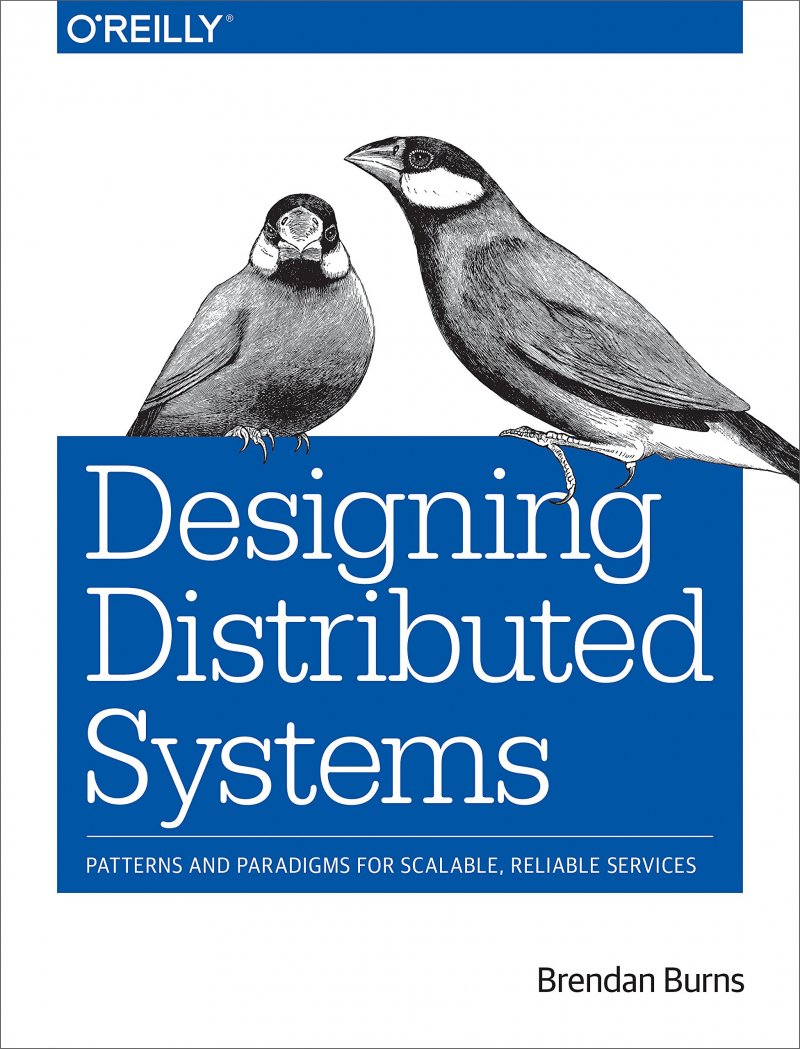
https://www.amazon.com/ 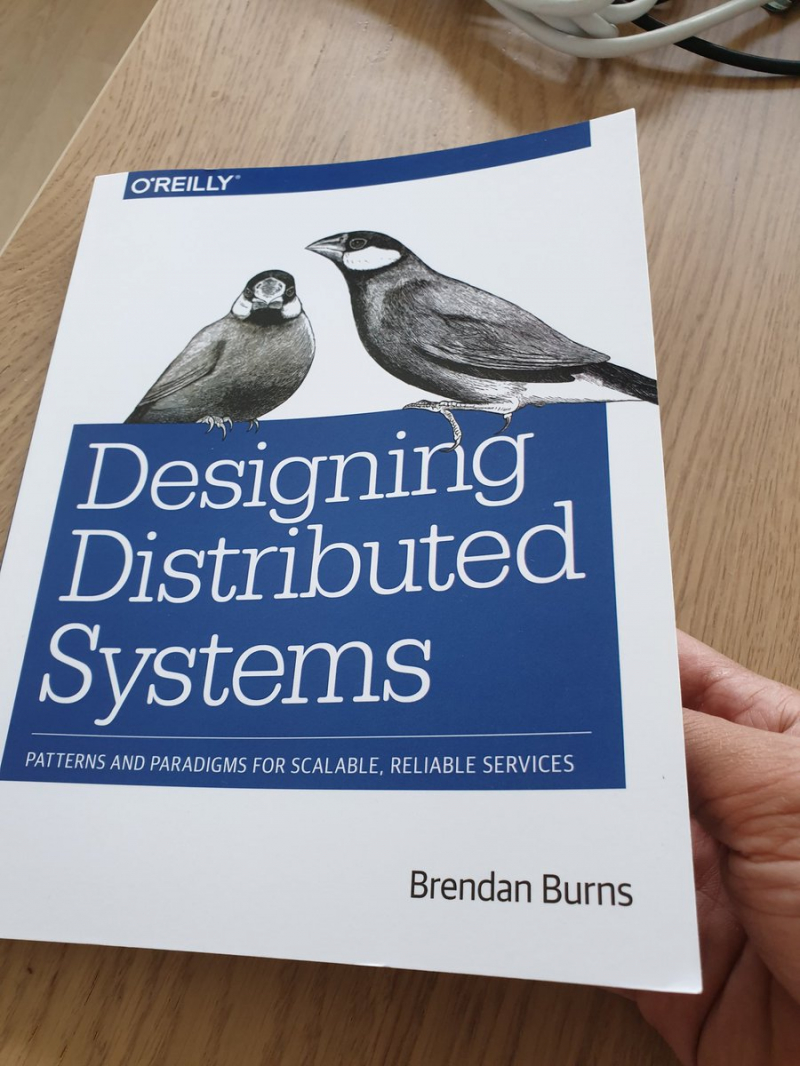
twitter.com -
Jim Ledin is the President and CEO of Ledin Engineering, Inc. Jim specializes in the design and testing of embedded software and hardware. He is also knowledgeable about system cybersecurity and penetration testing. He graduated from Iowa State University with a B.S. in aerospace engineering and the Georgia Institute of Technology with an M.S. in electrical and computer engineering.
Are you a software developer, systems designer, or computer architecture student seeking for a systematic introduction to digital device architectures yet feeling overwhelmed by the complexity of modern systems? With the use of realistic examples and exercises, this step-by-step tutorial will educate you how modern computer systems work. You'll learn about the internal behavior of processors down to the circuit level, as well as how the hardware executes code written in high-level languages.
Modern Computer Architecture and Organization will teach you about computer systems principles such as transistors, logic gates, sequential logic, and instruction pipelines. Modern CPU architectures and instruction sets, such as x86, x64, ARM, and RISC-V, will be covered in detail. You will learn how to design a RISC-V processor in a low-cost FPGA board, as well as write and run a quantum computing application on an actual quantum computer.
This edition has been revised to include coverage of the architectural and design principles that underpin the critical domains of cybersecurity, blockchain and bitcoin mining, and self-driving vehicles.
By the end of Modern Computer Architecture and Organization, you'll have a solid understanding of modern processors and computer architecture, as well as the potential future routes these technologies may take.
What you will discover:
- Learn the basics of transistor technology and digital circuits.
- Investigate the principles underlying pipelining and superscalar processing.
- Incorporate a full RISC-V CPU inside a low-cost FPGA.
- Learn about the technology that is utilized to implement virtual machines.
- Learn about secure computing applications such as financial transaction processing.
- Learn about blockchain and the hardware designs used in bitcoin mining.
- Investigate the capabilities of self-driving vehicle computing architectures.
- Create a quantum computing program that can be run on a real quantum computer.
This book is intended for software developers, computer engineering students, system designers, reverse engineers, and anyone interested in the architecture and design ideas underpinning current computer systems, which range from tiny embedded devices to warehouse-sized cloud server farms. A basic understanding of computer processors is advantageous but not needed.
Author: Jim Ledin
Link to buy: https://www.amazon.com/Modern-Computer-Architecture-Organization-architectures/dp/1803234512/
Ratings: 4.8 out of 5 stars (from 16 reviews)
Best Sellers Rank: #68,944 in Books
#2 in Microprocessor Design
#3 in Computer Hardware Design
#15 in Computer Hardware Design & Architecture
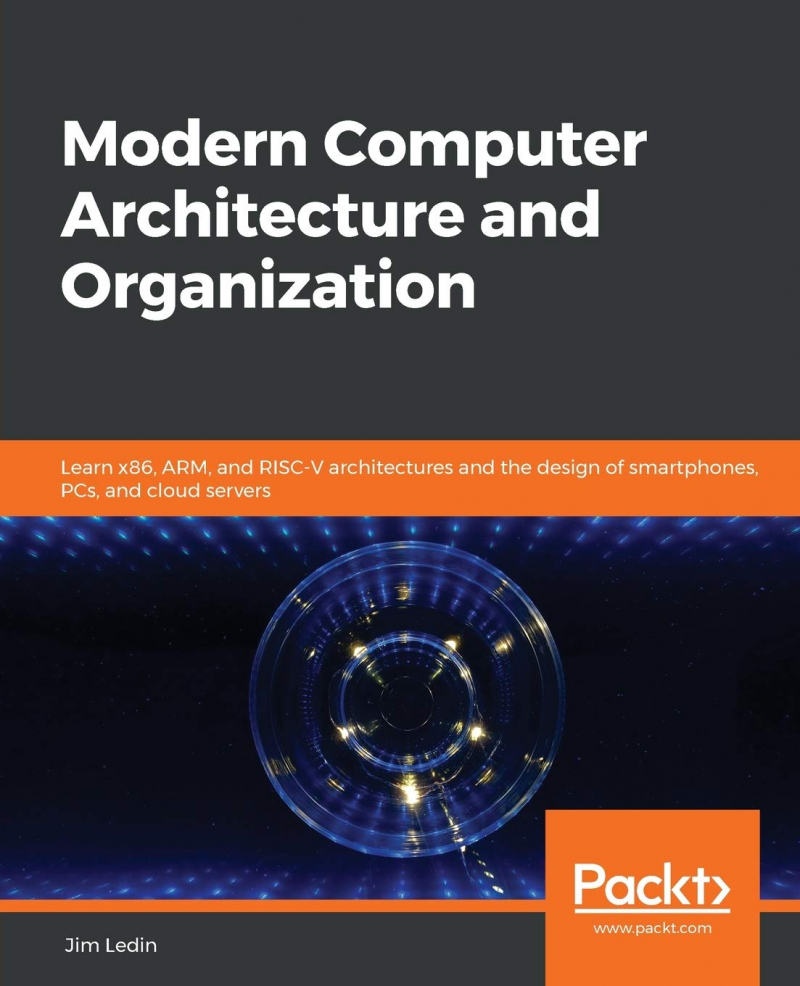
amazon.in 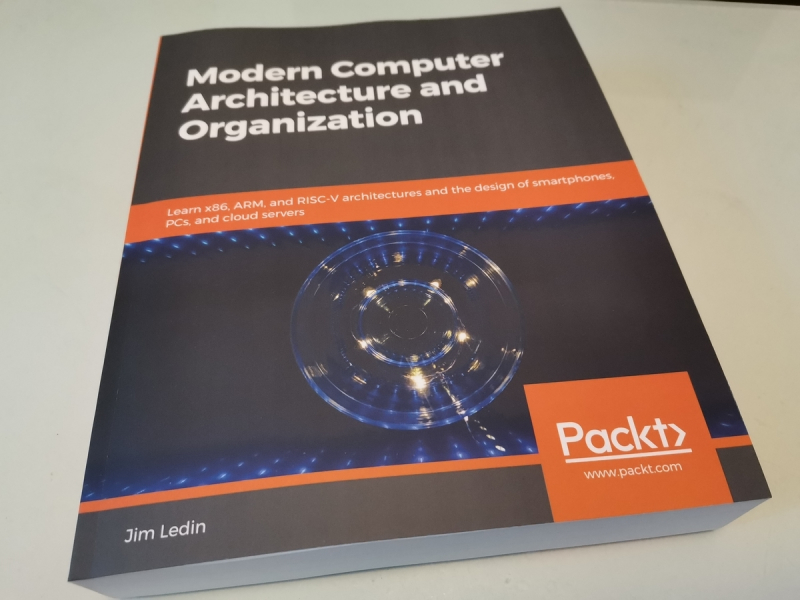
msyksphinz.hatenablog.com -
Harry Percival spent a few years as a management consultant after an idyllic youth spent playing with BASIC on French 8-bit computers like the Thomson T-07, whose keys went "boop" when pressed. Soon after, he found his true geek nature and was fortunate to work with a group of XP aficionados on the groundbreaking but now-defunct Resolver One spreadsheet. He worked at PythonAnywhere LLP, where he traveled the world giving speeches, seminars, and conferences to spread the word about TDD.
Projects are becoming larger and more complicated as Python's popularity grows. Many Python developers are interested in high-level software design patterns such as hexagonal/clean architecture, event-driven architecture, and domain-driven design strategic patterns (DDD). However, transferring those patterns into Python is not always simple.
In Architecture Patterns with Python, Harry Percival and Bob Gregory offer established architectural design patterns to assist Python developers manage application complexity and get the most out of their test suites.
Each pattern is illustrated with concrete examples written in beautiful, idiomatic Python, which avoids some of the verbosity found in Java and C# syntax. Among the patterns are:
- Inversion of dependencies and their connections to ports and adapters (hexagonal/clean architecture)
- The contrast between Entities, Value Objects, and Aggregates in domain-driven design
- Patterns of Repository and Unit of Work for Persistent Storage
- The message bus, events, and commands
- Separation of command-query responsibilities (CQRS)
- Reactive microservices and event-driven architecture
Author: Harry J.W. Percival and Bob Gregory
Link to buy: https://www.amazon.com/Architecture-Patterns-Python-Domain-Driven-Microservices-dp-1492052205/dp/1492052205/
Ratings: 4.6 out of 5 stars (from 299 reviews)
Best Sellers Rank: #80,570 in Books
#17 in Computer Hardware Design & Architecture
#48 in Cloud Computing (Books)
#51 in Software Design & Engineering
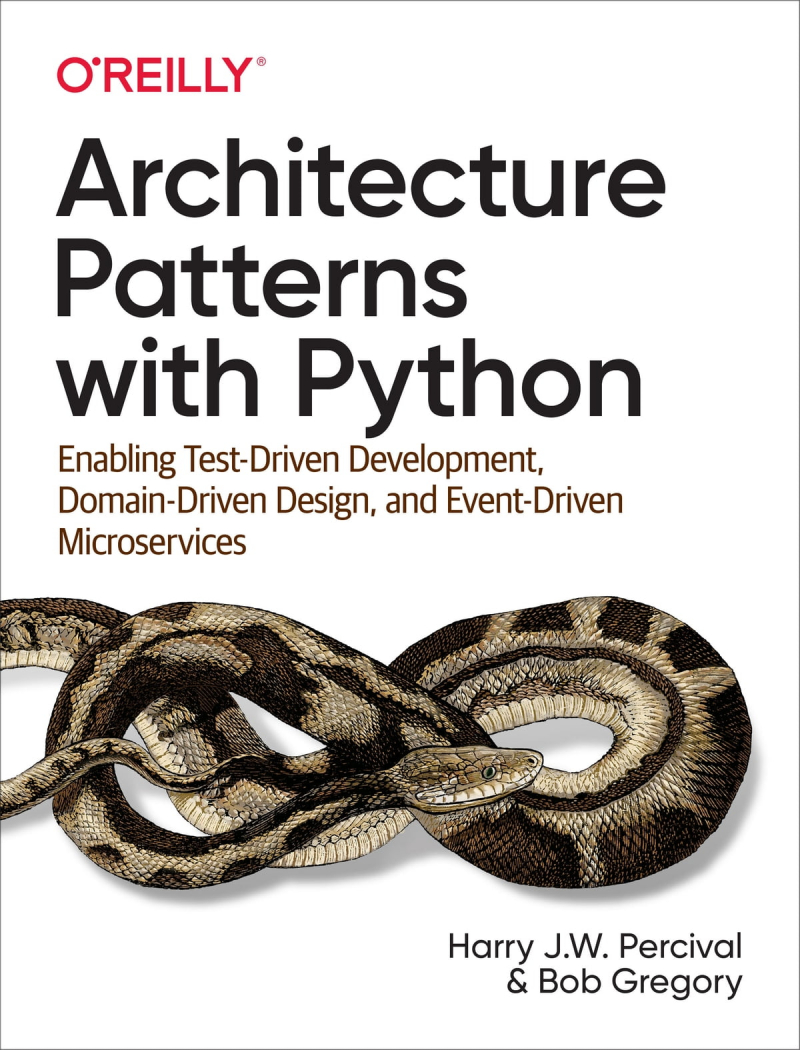
kobo.com 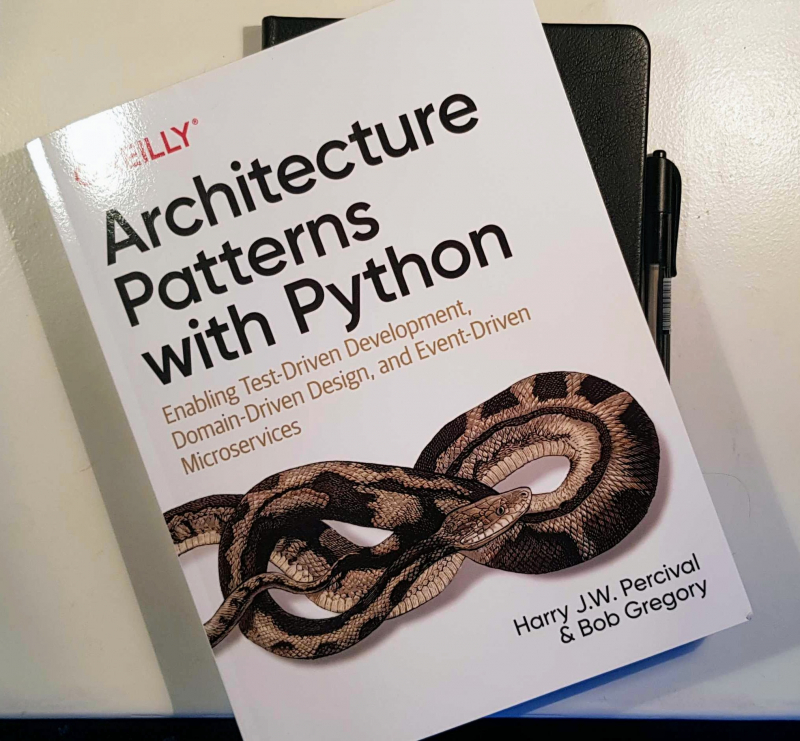
mobile.twitter.com -
Pivotal Cloud Foundry's Global Field CTO is James Urquhart. Mr. Urquhart is a technologist and executive with a deep understanding of disruptive technologies and the business opportunities they provide, having been named one of the ten most influential people in cloud computing by both the MIT Technology Review and the Huffington Post, as well as a former contributing author to GigaOm and CNET.
Today's software development embraces events and streaming data, which optimizes not only how technology interacts, but also how organizations collaborate to satisfy client needs. Flow is a phenomena composed of patterns and norms that govern which activity and related data is transferred between parties via the internet.
Among the best books on computer architecture, Flow Architectures delves into the critical ramifications of that evolution: What happens when events and data streams assist you in discovering new sources of activity to boost existing businesses or drive new markets? What technology and architectural patterns can position your organization for flow-enabled opportunities? VMware's worldwide field CTO, James Urquhart, walks enterprise architects, software engineers, and product managers through the process.
- Discover the advantages of flow dynamics when corporations, governments, and other organizations collaborate through events and data streams.
- Visualize the value chain for flow integration using Wardley mapping and promise theory modeling.
- Examine the fundamental concepts underlying today's event-driven systems marketplace.
- Discover how today's integration patterns may affect the flow of real-time events in the future.
- Investigate why businesses should architect and build software now to capitalize on flow in the next years.
Author: James Urquhart
Link to buy: https://www.amazon.com/Flow-Architectures-Streaming-Event-Driven-Integration/dp/1492075892/
Ratings: 3.9 out of 5 stars (from 40 reviews)
Best Sellers Rank: #108,417 in Books
#24 in Computer Hardware Design & Architecture
#62 in Enterprise Applications
#69 in Data Processing
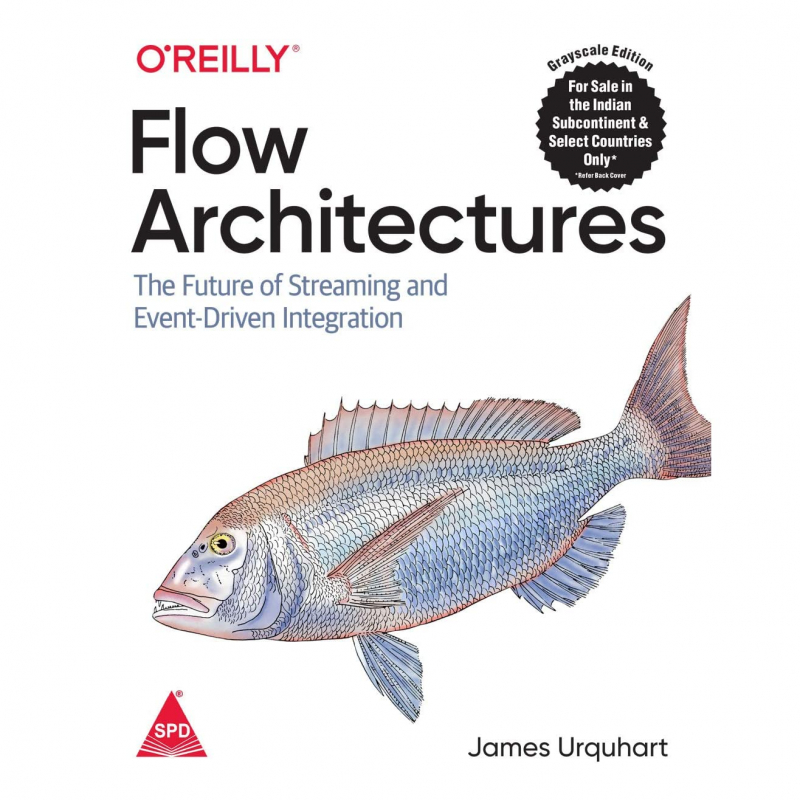
goodreads.com 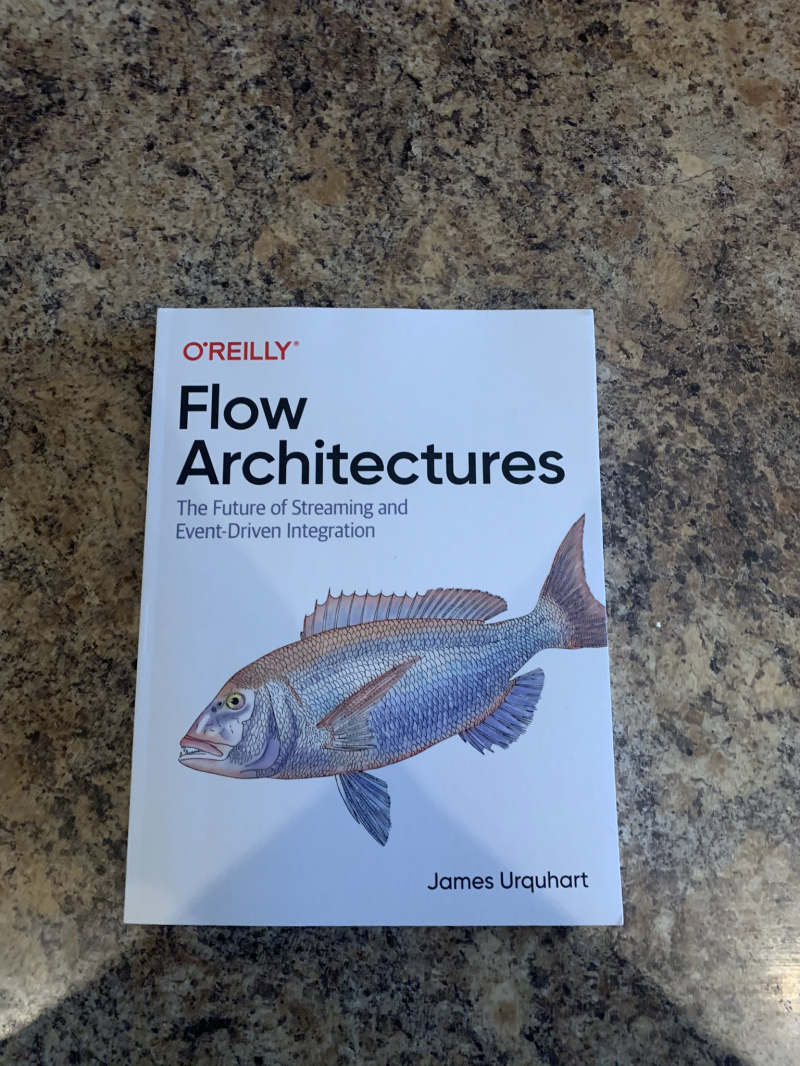
mobile.twitter.com -
Martin Fowler is an independent consultant who has spent over a decade applying objects to critical business challenges. He has advised on systems in health care, financial trading, and corporate finance. Chrysler, Citibank, the UK National Health Service, Andersen Consulting, and Netscape Communications are among his clients. Fowler is also a frequent speaker on objects, the Unified Modeling Language, and patterns.
The arrival of numerous new enabling technologies has benefitted the practice of corporate application development. Object-oriented platforms with several tiers, such as Java and.NET, have become commonplace. These new tools and technologies have the potential to construct powerful applications, but they are difficult to execute. Common failures in enterprise applications arise frequently because their developers do not understand the architectural lessons learnt by experienced object developers.
Patterns of Enterprise Application Architecture was written in response to the difficult issues that enterprise application developers encounter. Martin Fowler, a well-known object-oriented designer, recognized that despite changes in technology, from Smalltalk to CORBA to Java to.NET, the same basic design approaches can be adopted and utilized to tackle common problems. Martin distills over forty repeating solutions into patterns with the support of an expert group of collaborators. As a result, an invaluable handbook of solutions applicable to any enterprise application platform has been created.
This book has two books in one. The first section is a brief tutorial on designing enterprise apps that you can read from beginning to end to get a sense of the extent of the book's topics. The following section, which constitutes the majority of the book, provides a detailed reference to the patterns themselves. Each pattern includes usage and implementation information, as well as complete Java or C# code samples. To help explain the principles, the entire book is richly illustrated using UML diagrams.
With this book, you'll have the knowledge you need to make crucial architectural decisions about designing an enterprise application, as well as the established patterns to employ while doing so.
The following subjects are covered:
- Creating layers in an enterprise application
- The primary methods for arranging business logic
- An in-depth examination of object-relational database mapping.
- Organizing a Web Presentation using Model-View-Controller
- Concurrent data handling for many transactions
- The creation of distributed object interfaces
Author: Martin Fowler
Link to buy: https://www.amazon.com/Patterns-Enterprise-Application-Architecture-Martin/dp/0321127420/
Ratings: 4.5 out of 5 stars (from 562 reviews)
Best Sellers Rank: #59,571 in Books
#2 in Computer Hardware Design
#6 in Microsoft .NET
#11 in Computer Hardware Design & Architecture
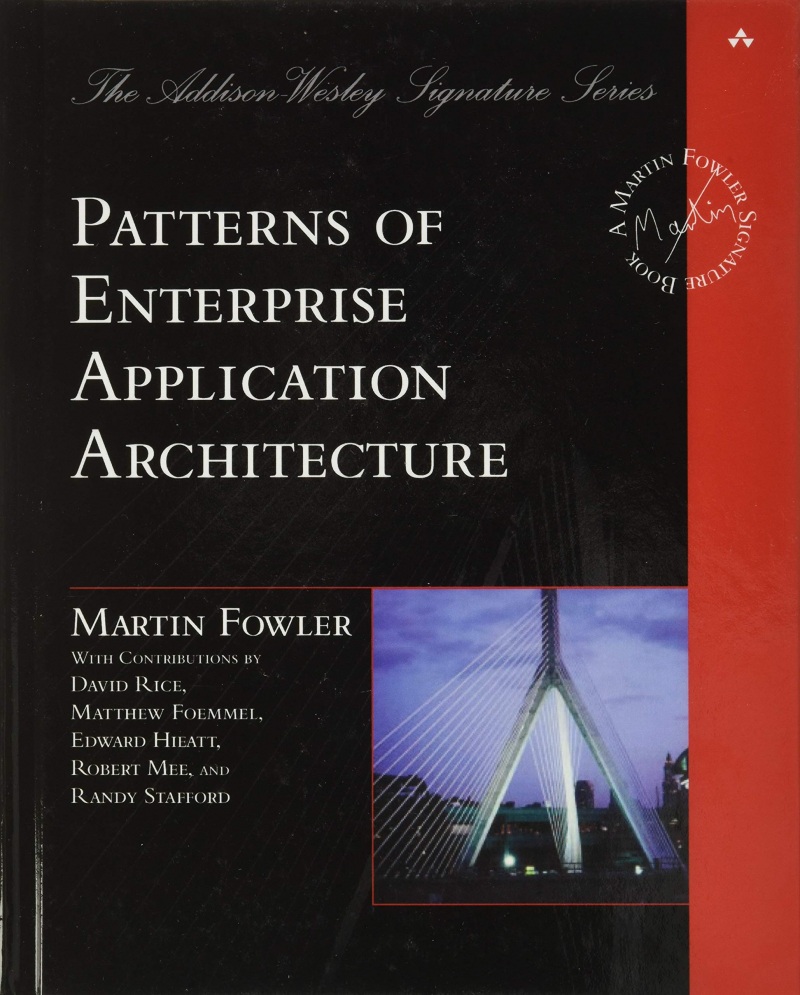
Fado.vn 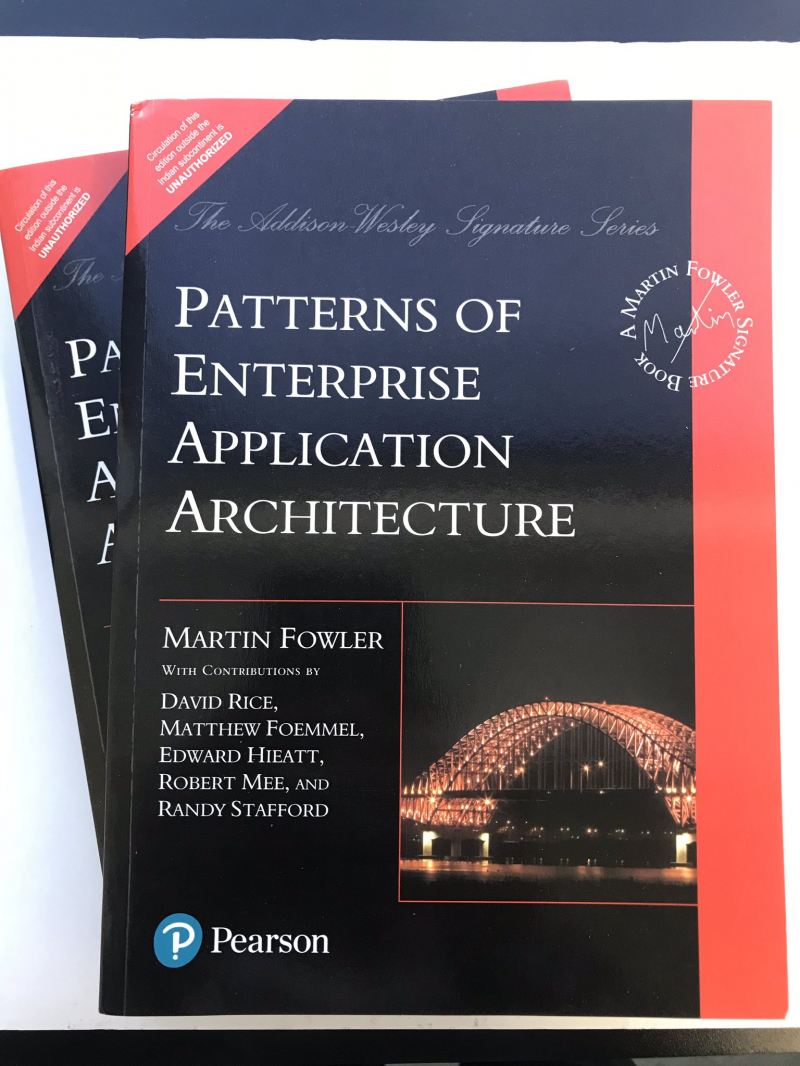
https://twitter.com/ -
Eben Upton is one of the Raspberry Pi's co-creators, motivated by the ambition to build a new generation of developers capable of making a significant contribution to the industry. Eben also contributed to the Raspberry Pi User Guide.
Jeff Dunteman is a seasoned tech author and Coriolis Press co-founder. Assembly Language Step By Step and Jeff Dunteman's Wi-Fi Guide are two of his earlier books.
A wave of relatively inexpensive, highly programmable computers, such as the Commodore, sparked the 1980s technological revolution. The Raspberry Pi is now ushering in a second computing revolution. Among the best books on computer architecture, Learning Computer Architecture with the Raspberry Pi is the definitive guide to comprehending the components of the most fascinating technological product on the market. Every Raspberry Pi owner may now learn how the device works and how to access all of its hardware and software features thanks to this book.
With Learning Computer Architecture with the Raspberry Pi, students, hackers, and casual users can all learn how computers operate. This book describes what each hardware component accomplishes, how they interact with one another, and how they relate to other computing system components. You'll also learn how programming works and how the operating system interacts with the physical components of the Raspberry Pi.
- This is a companion volume to the Raspberry Pi User Guide, co-authored by Eben Upton, one of the Raspberry Pi's founders.
- An inexpensive way to learn about computer system design considerations and experiment with low-level programming.
- Descriptions of memory storage, Ethernet, cameras, processors, and other functions that are easy to understand
- Explore the Raspberry Pi's basic structure to learn about computer design and functioning in general.
The Raspberry Pi was designed to inspire a new generation of computer scientists, developers, and architects who are familiar with the inner workings of the computers that have become indispensable in our daily lives. Learning Computer Architecture using the Raspberry Pi is a great method to get started in the realm of computer system architecture.
Author: Eben Upton, Jeff Dunteman, Ralph Roberts, Tim Mamtora and Ben Everard
Link to buy: https://www.amazon.com/Learning-Computer-Architecture-Raspberry-Pi/dp/1119183936/
Ratings: 4.6 out of 5 stars (from 124 reviews)
Best Sellers Rank: #129,603 in Books
#7 in Computer Hardware Design
#7 in Microprocessor Design
#16 in Single Board Computers (Books)
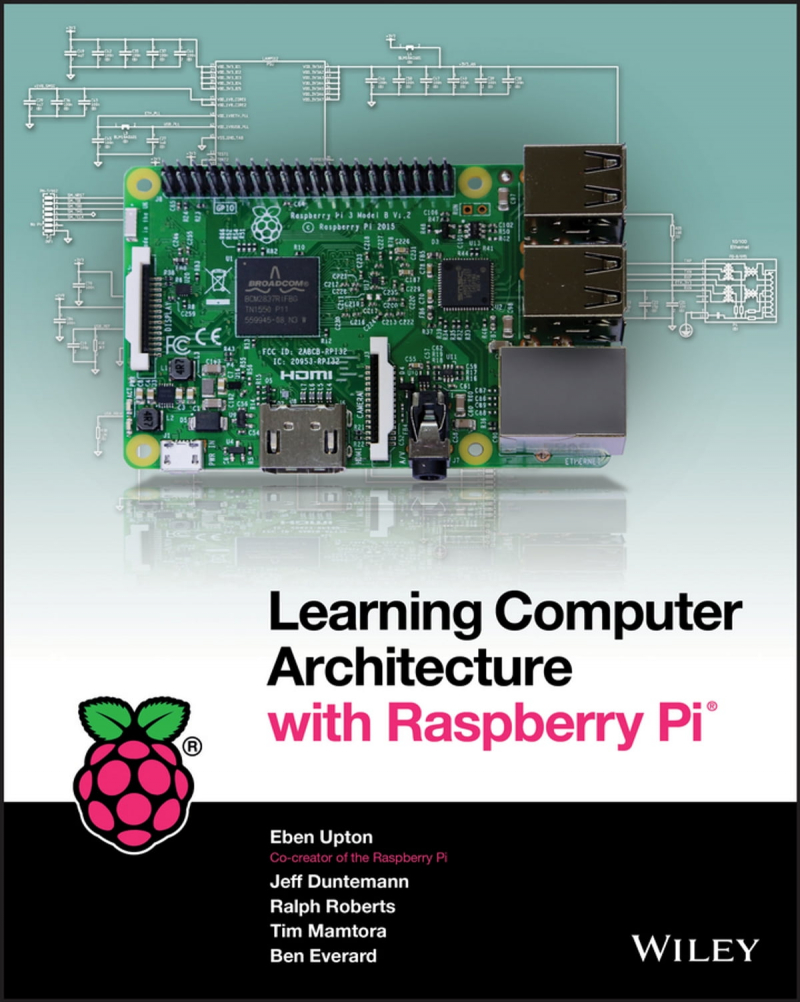
kobo.com 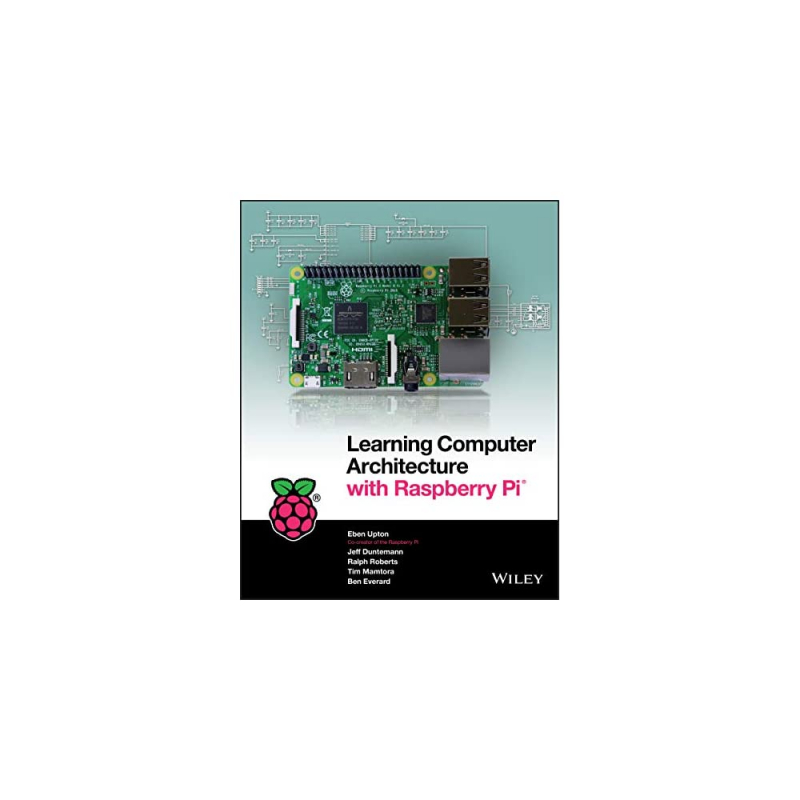
ubuy.ci -
Linda Null holds a Ph.D. in Computer Science from Iowa State University, an M.S. in Computer Science from Iowa State University, an M.S. in Mathematics Education from Northwest Missouri State University, and a B.S. in Mathematics and English from Northwest Missouri State University.
Julia has worked in the IT sector for almost 20 years. She's worked as a systems consultant, staff programmer/analyst, systems and network designer, and software development manager.
The Text and Academic Authors Association (TAA), the only association devoted completely to supporting textbook and academic authors since 1987, gave The Essentials of Computer Organization and Architecture a "Textbook Excellence Award" ("Texty") in its second, third, and fourth editions. The "Textbook Excellence Award" honors works for their superiority in content, presentation, appeal, and teachability.
Each new print copy of Essentials of Computer Organization and Architecture includes Navigate 2 Advantage Access, which grants access to a comprehensive and interactive eBook, student practice activities and assessments, a comprehensive set of instructor resources, and learning analytics reporting tools.
The Essentials of Computer Organization and Architectural, Fifth Edition, is a best-selling text that is comprehensive enough to cover the necessary organization and architecture concepts while remaining brief enough for a single-term course. Its emphasis on real-world examples and practical applications allows students to build a "big picture" grasp of how key organizational and architectural concepts are implemented in the computing industry. The text exposes readers to the inner workings of a modern digital computer through an integrated exposition of fundamental concepts and principles, in addition to direct correlation with the ACM/IEEE recommendations for computer organization and design.
Author: Linda Null and Julia Lobur
Link to buy: https://www.amazon.com/Essentials-Computer-Organization-Architecture-Linda/dp/1284123030/
Ratings: 4.4 out of 5 stars (from 141 reviews)
Best Sellers Rank: #136,155 in Books
#31 in Computer Hardware Design & Architecture
#96 in Software Design & Engineering
#222 in Software Development (Books)
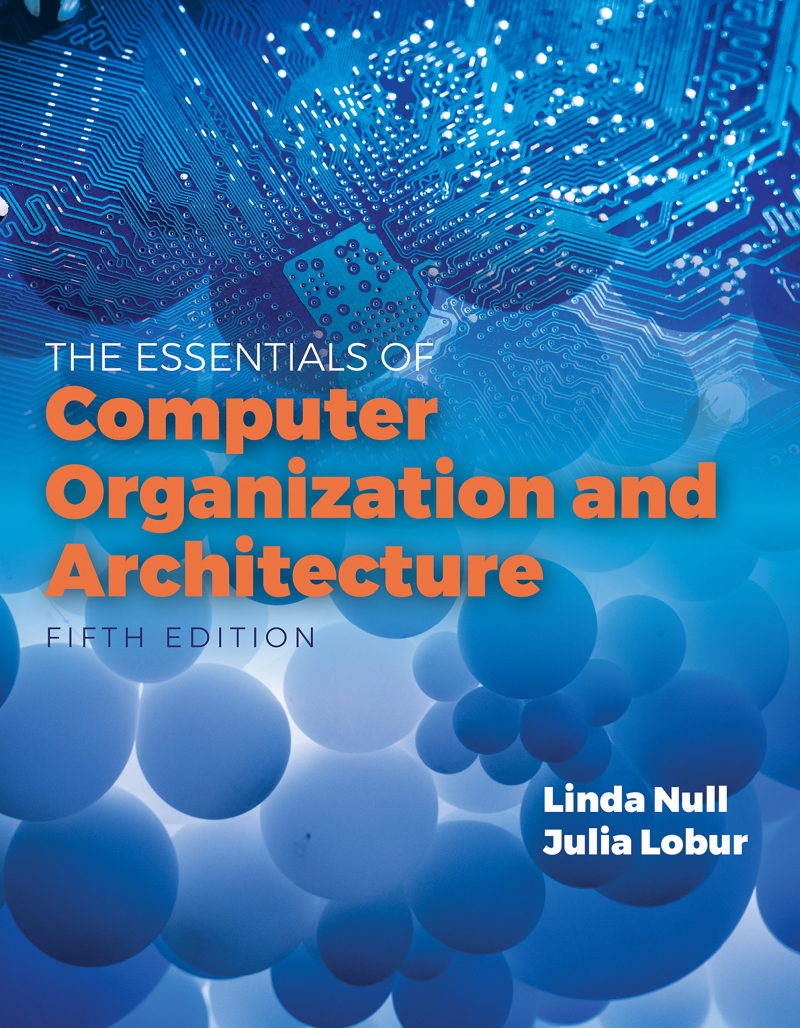
https://www.amazon.com/ 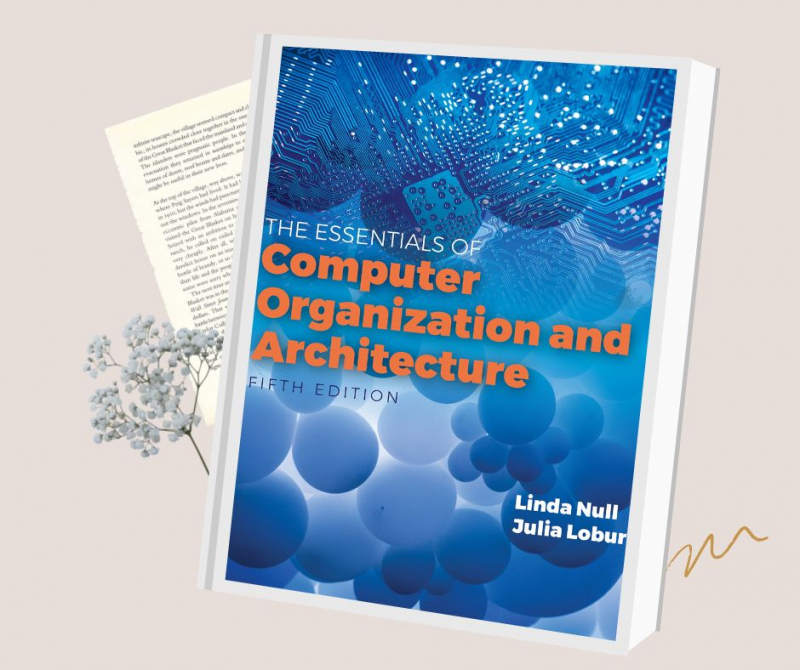
https://www.amazon.com/












